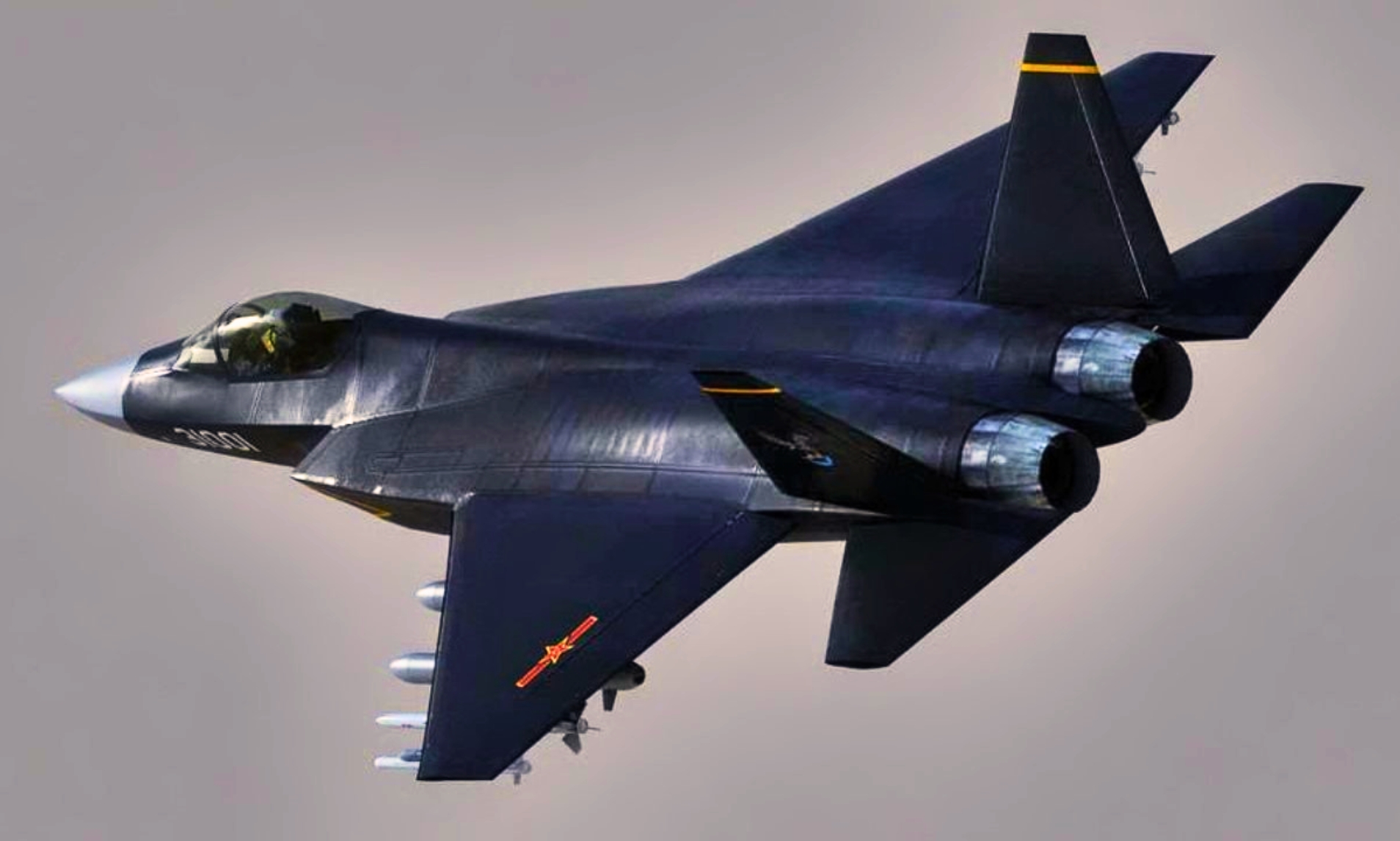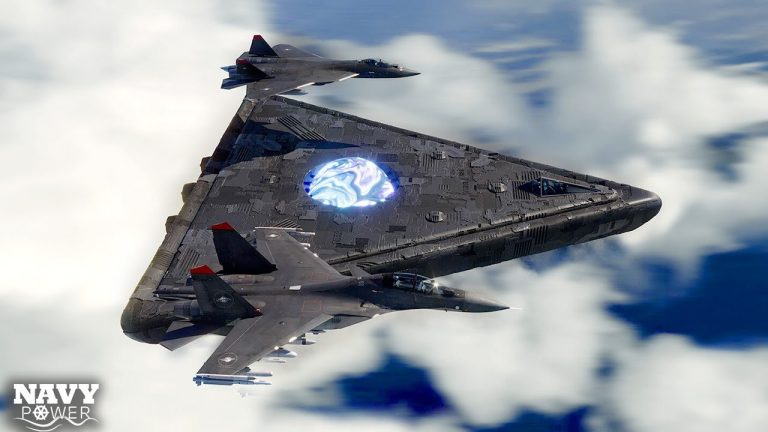When it comes to advanced military technology, many nations look to the United States for inspiration. This includes China, with the country constantly developing equipment to best its Western counterparts.
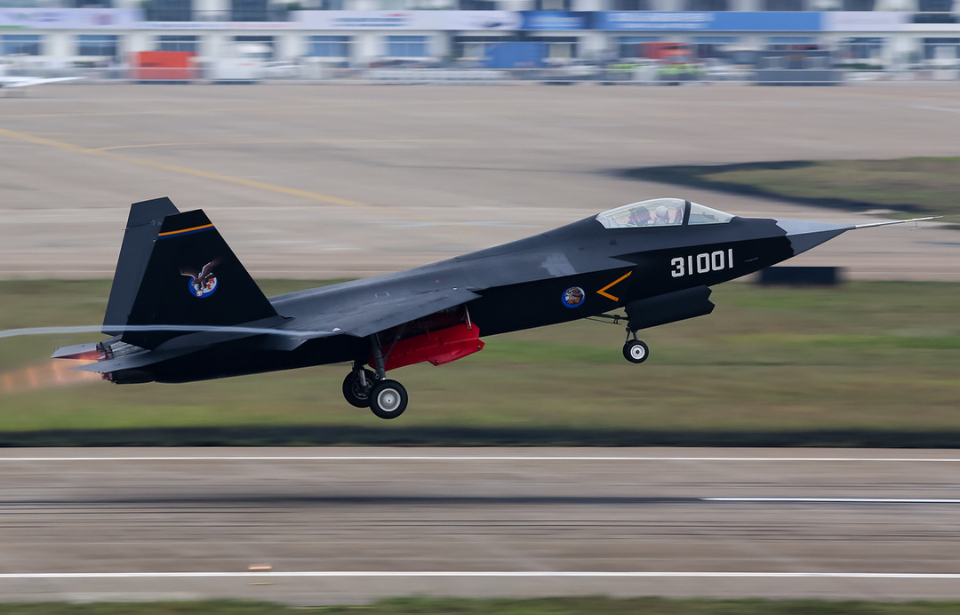
The Shenyang FC-31 is one such aircraft that aims to do this, with many experts comparing it to fighters built by Lockheed Martin and other big-name American manufacturers.
Developing the Shenyang FC-31
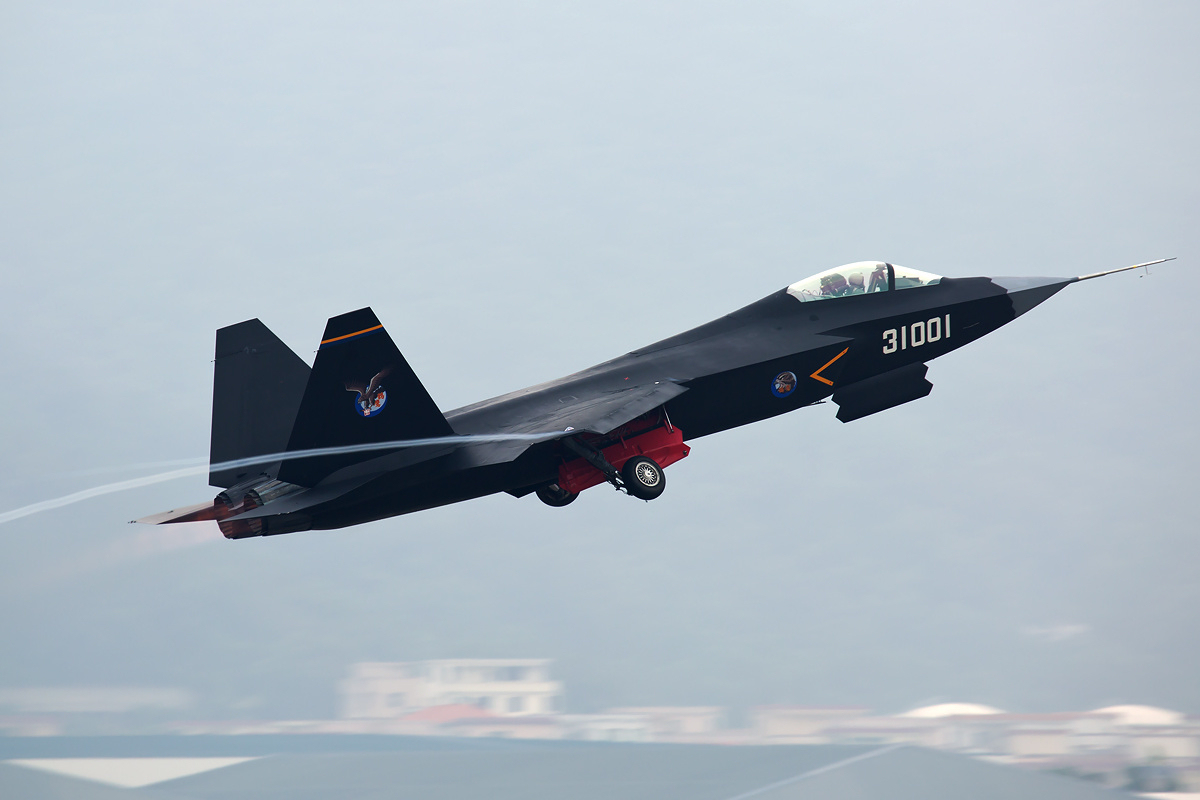
The Shenyang Aircraft Corporation (SAC) began work on the FC-31 with the aim of creating a fifth-generation fighter that would rival those developed for and operated by China’s Western counterparts. The project was shrouded in secrecy, and it wasn’t until 2011, when images leaked online, that the public learned of the stealth aircraft.
You might be wondering, why did SAC approach the project without the official backing of the People’s Liberation Army Air Force (PLAAF)? Well, the company wanted to secure export customers and offer an alternative to countries unable to purchase the US-made Lockheed Martin F-35 Lightning II.
Shenyang FC-31 specs.
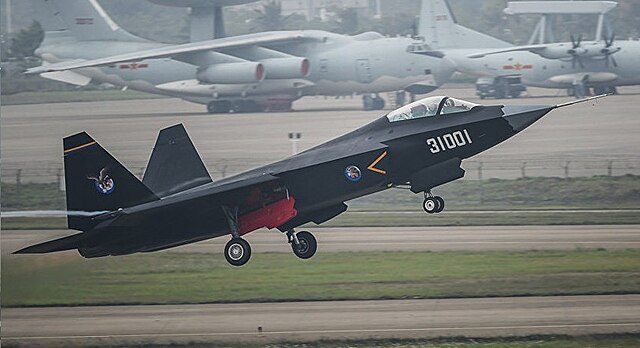
The Shenyang FC-31 is intended to be a twin-engine, fifth-generation multirole stealth fighter. The airframe is constructed using lightweight composite materials, which enhance its stealth capabilities and reduce its radar cross-section. It also has forward-swept intake ramps with diverter-less supersonic inlet (DSI) bumps, oblique vertical stabilizers and a two-piece bubble canopy, all of which contribute to the aircraft’s overall stealth profile.
The FC-31’s avionics include an electro-optical targeting system, advanced radar and stealth coatings designed to reduce detection by enemy sensors. The prototype is powered by Russian-made RD-93 engines, allowing it to reach Mach 1.8 at altitude, but future variants are expected to make use of the Chinese-developed WS-13E engine.
The aircraft is equipped with two internal weapons bays, which are capable of housing four medium-range missiles (two per bay). As well, it features six external hardpoints, allowing the FC-31 to carry air-to-air (PL-10 and PL-15) and air-to-ground missiles.
Comparisons to Western aircraft
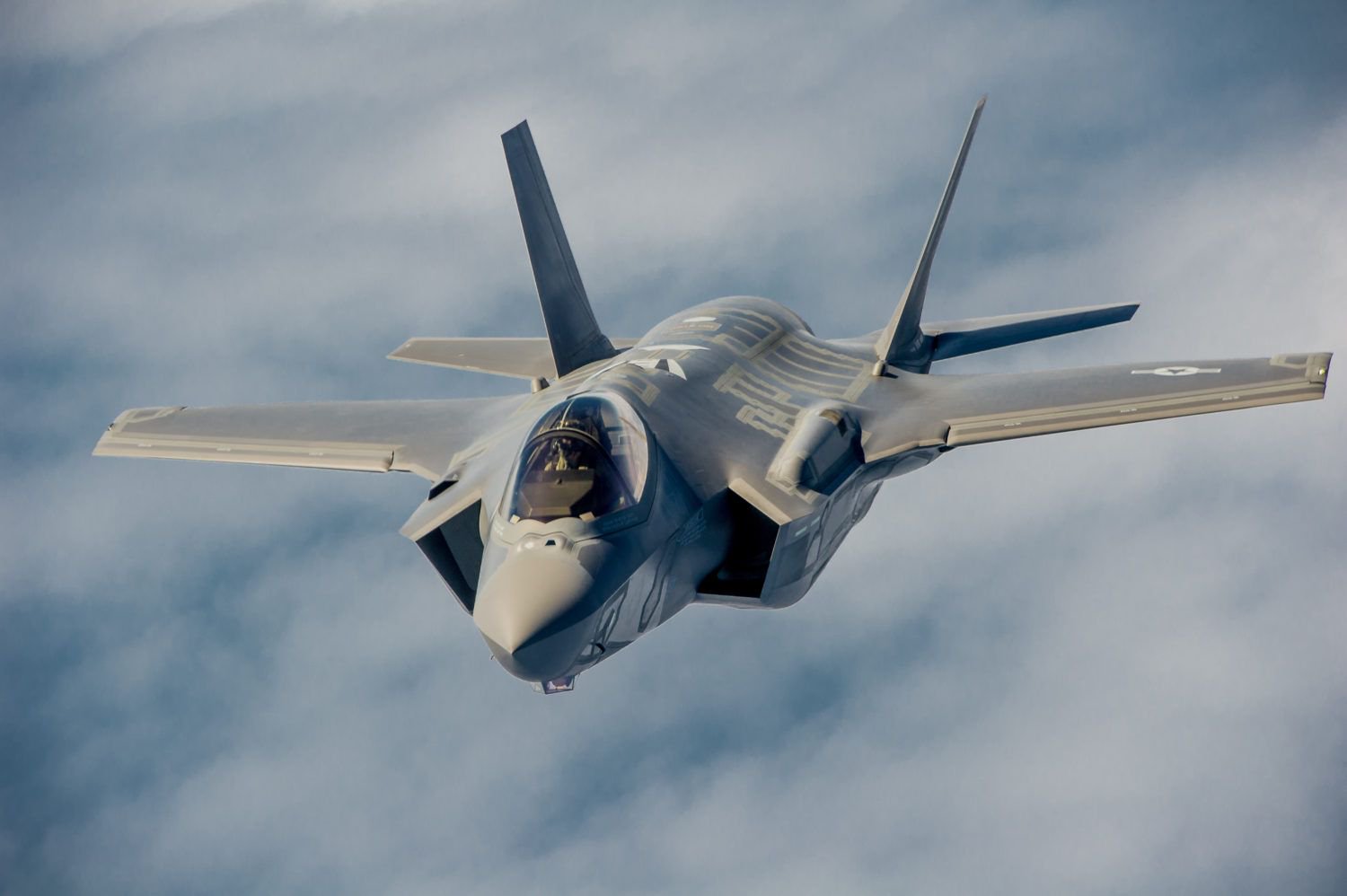
The FC-31 has been compared to similar Western aircraft – specifically, the F-35 Lightning II. They feature a similar design that emphasizes stealth, advanced avionics and multirole capabilities. While the American fighter has superior avionics and a more extensive operational history, the FC-31’s potential lies in its adaptability and cost-effectiveness. Compared to the F-35, it’s seen as an affordable alternative for nations unable to purchase it.
Given its similarities to Western aircraft, the Shenyang Aircraft Corporation has been repeatedly accused of technology theft, with some claiming the FC-31 design borrows a lot from the F-35 and the Lockheed Martin F-22 Raptor. Despite these allegations, the FC-31 represents a significant achievement for China’s aerospace industry.
Stuck in the prototype phase

Despite its promising design, the FC-31 remains in the prototype phase. One of the main reasons for this is a lack of endorsement and funding from the Chinese military. While the Chengdu J-20 has been adopted by the People’s Liberation Army Air Force, the FC-31 has struggled to find a clear role within China’s Armed Forces.
Additionally, the development of reliable and powerful domestic engines has been a challenge, delaying the aircraft’s progression to a production-ready model.
Plans for the FC-31 include potential export to nations allied with China and the development of a naval variant for use on aircraft carriers. The naval version features a number of changes, such as a catapult launch bar and folding wings, which make it suitable for carrier operations. This version conducted its maiden flight in October 2021.
